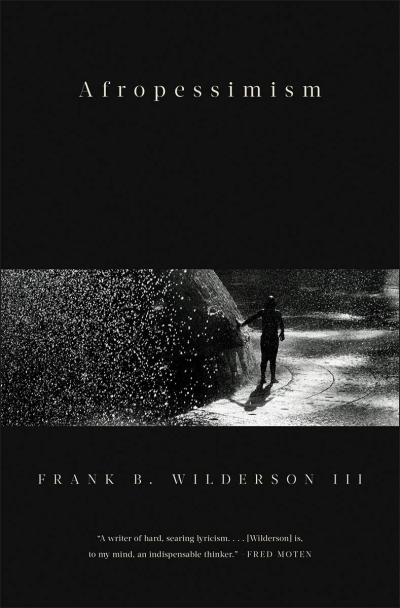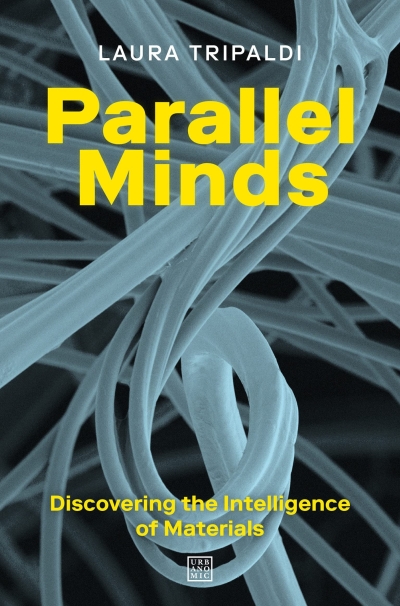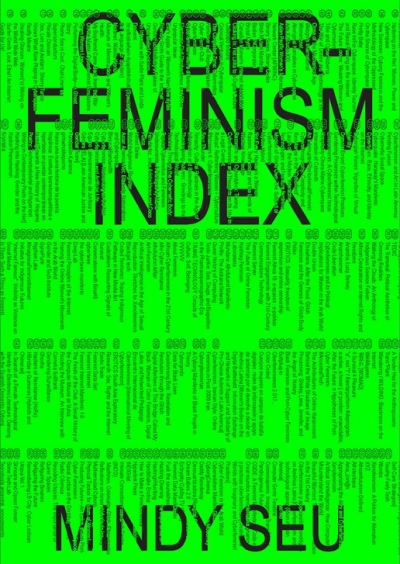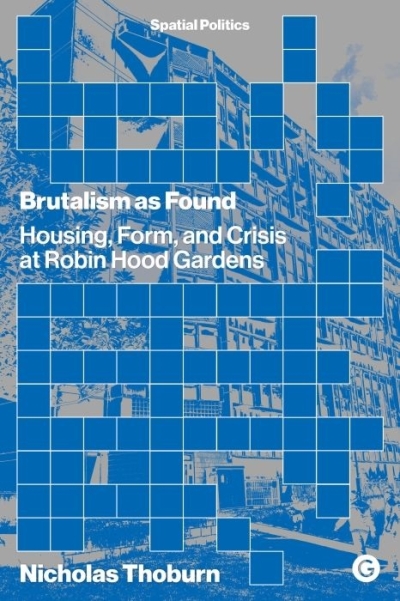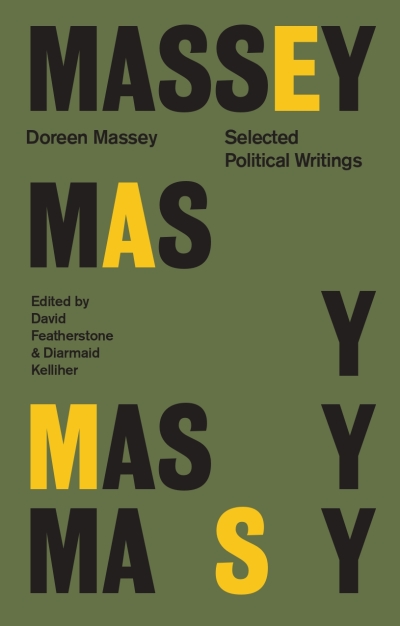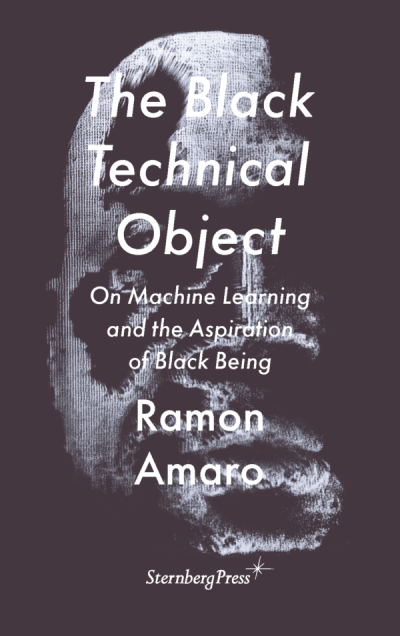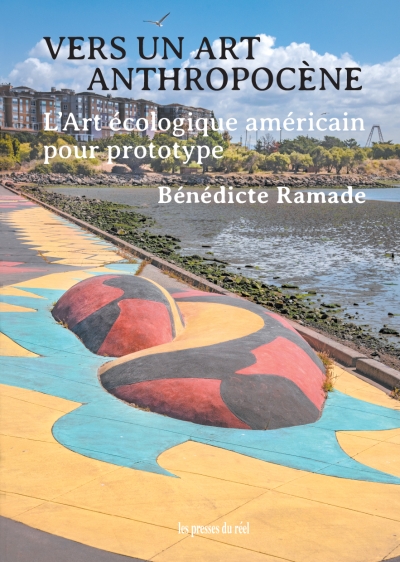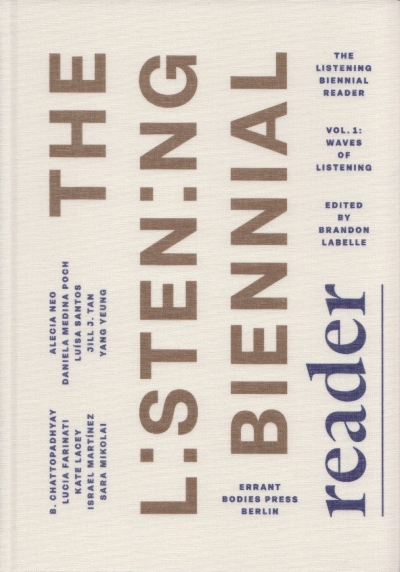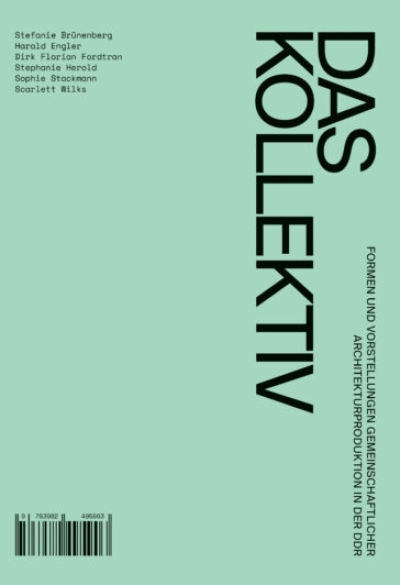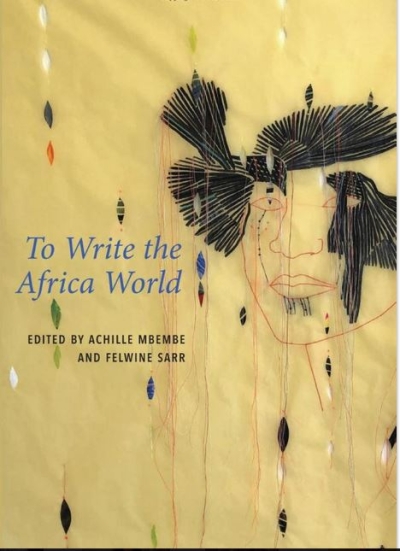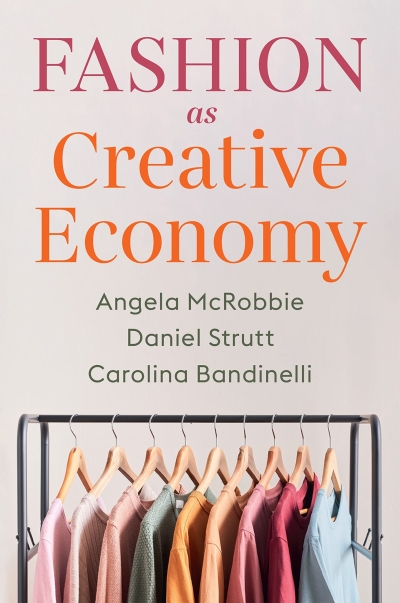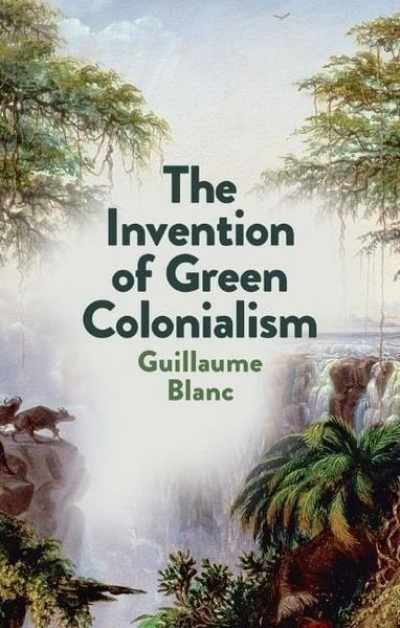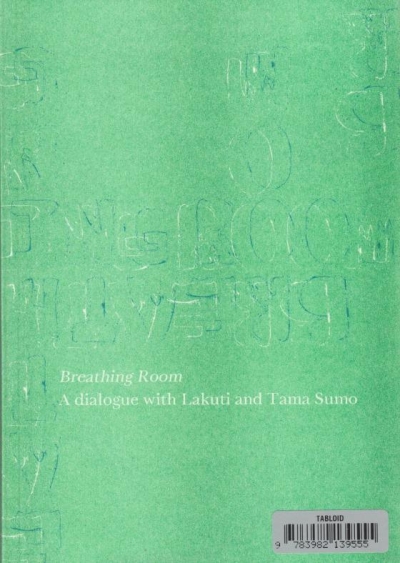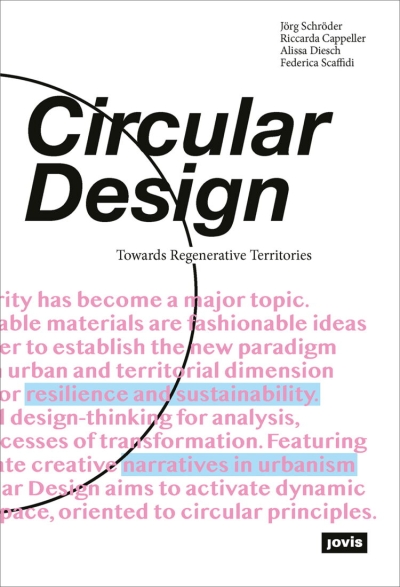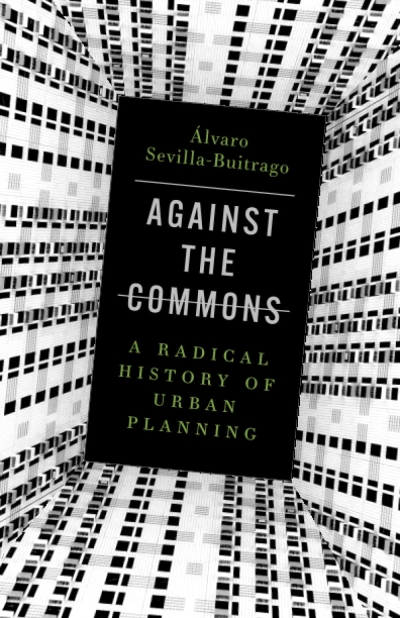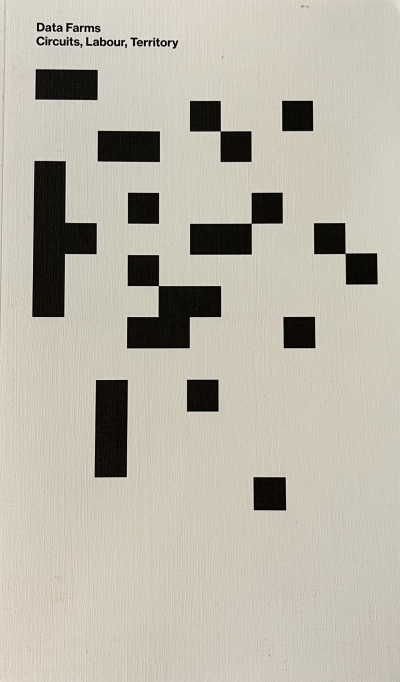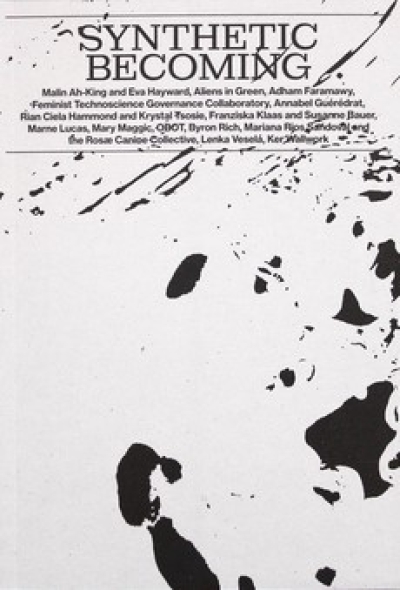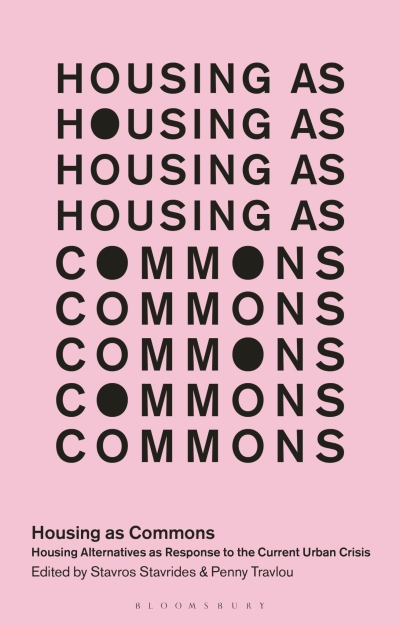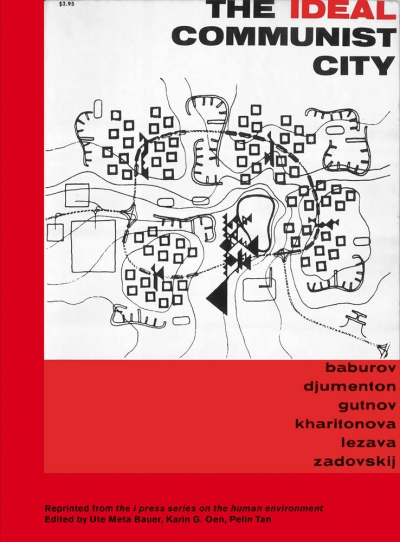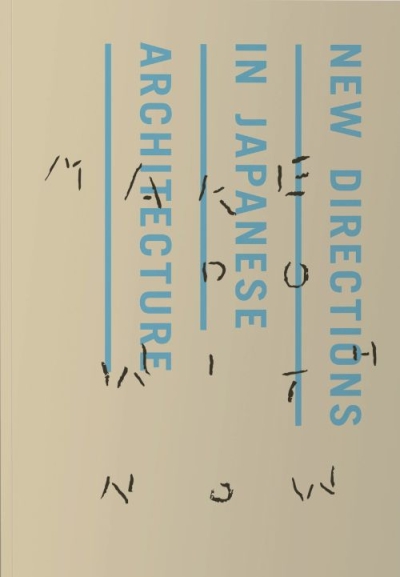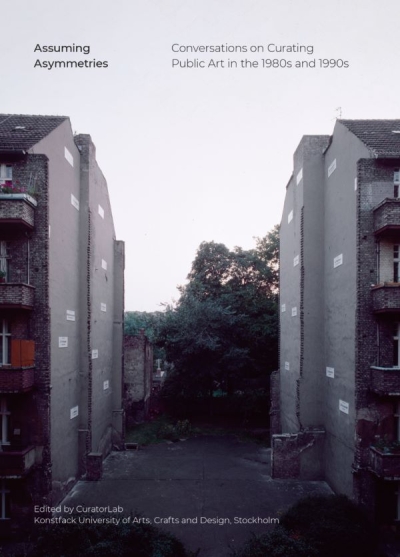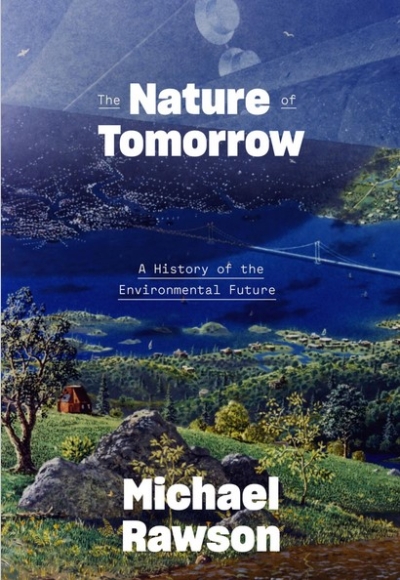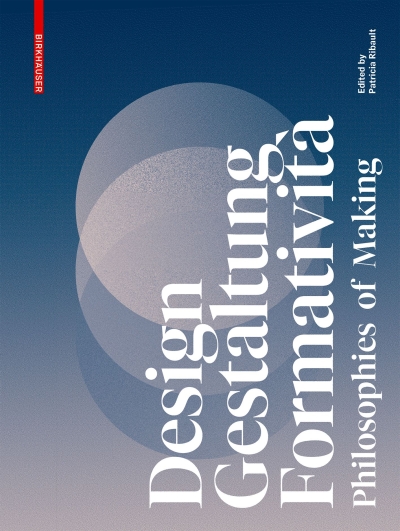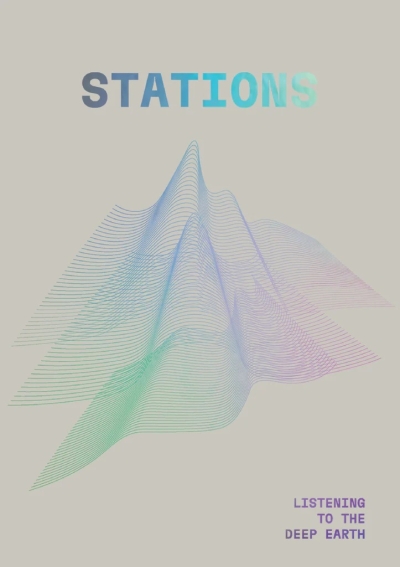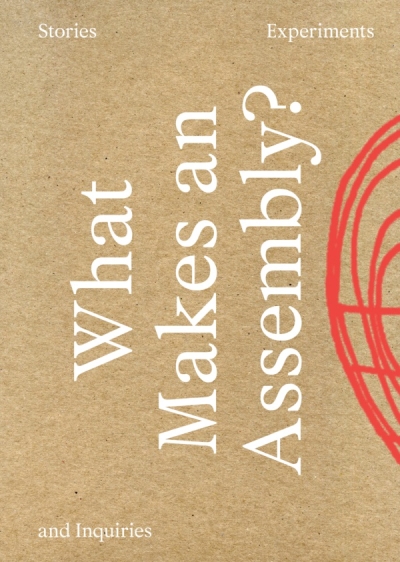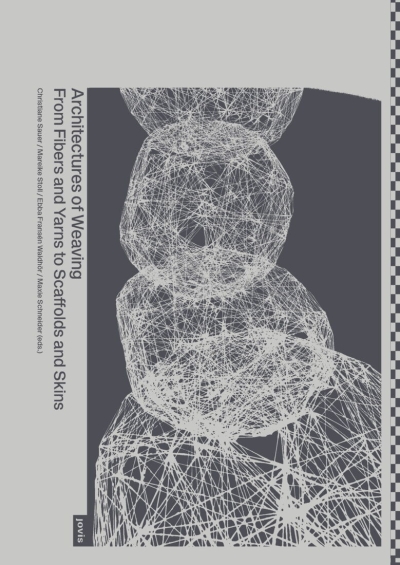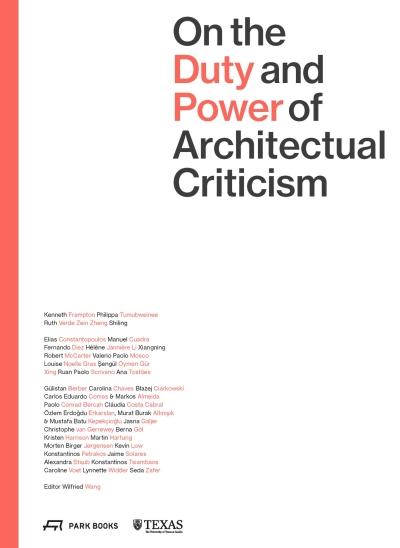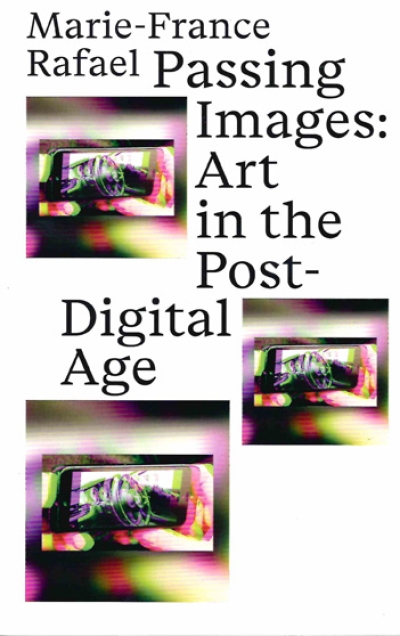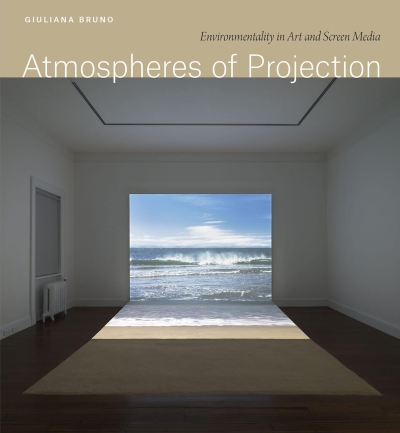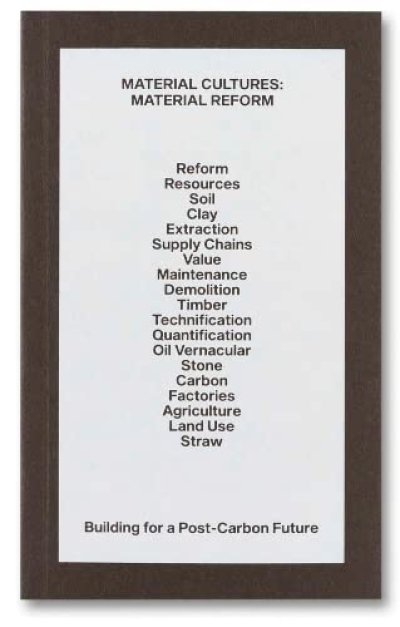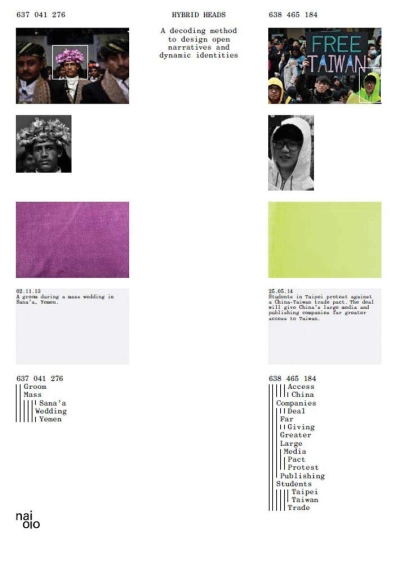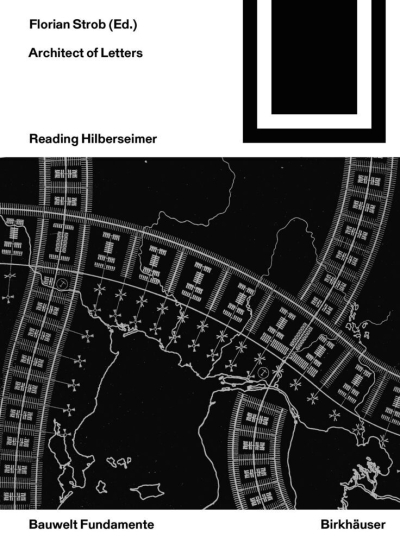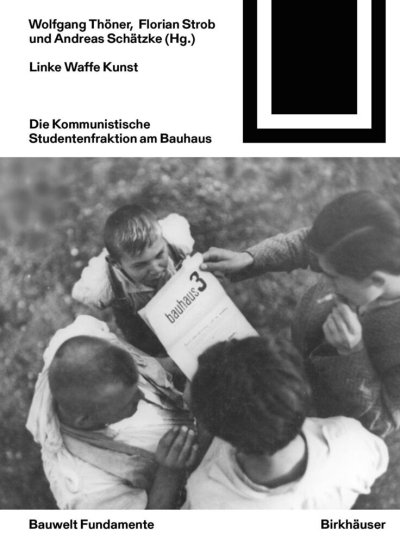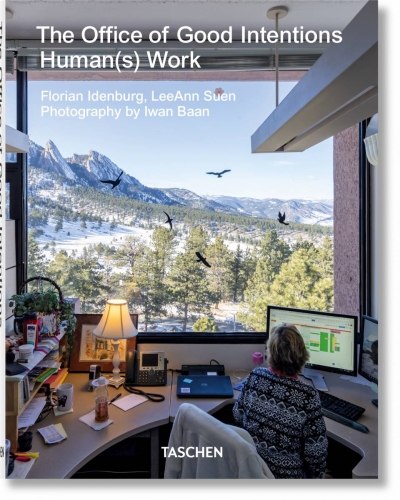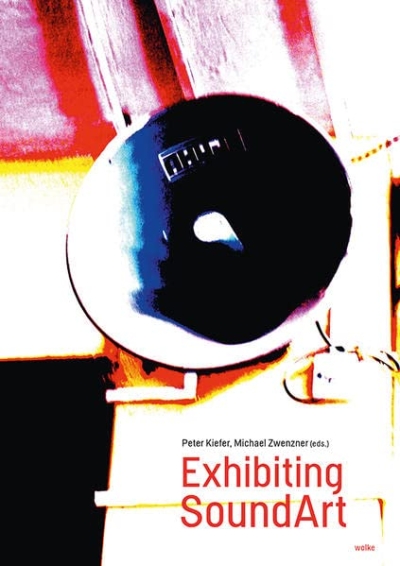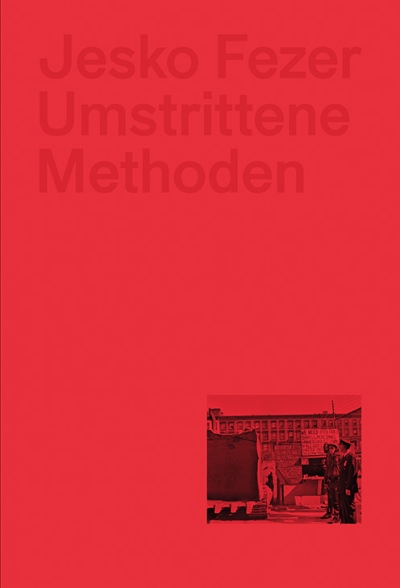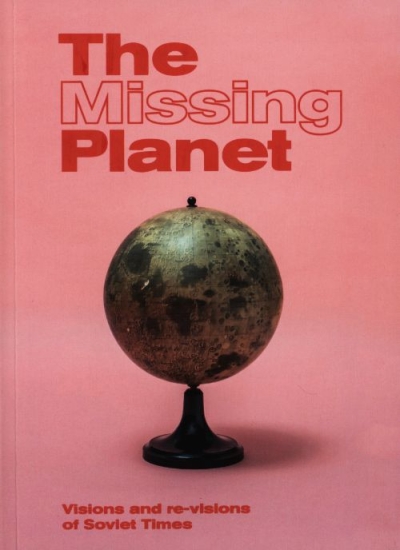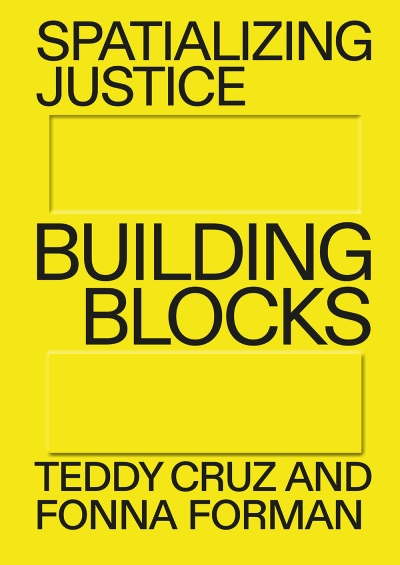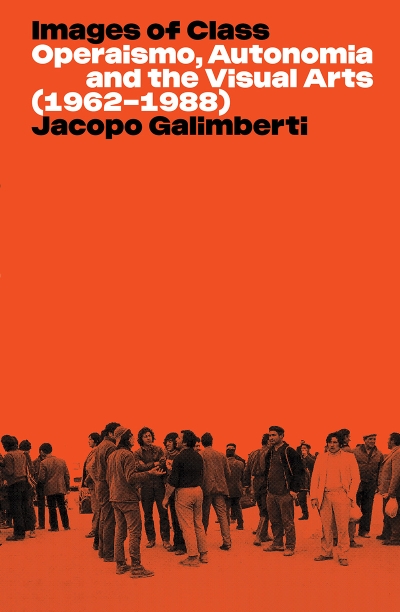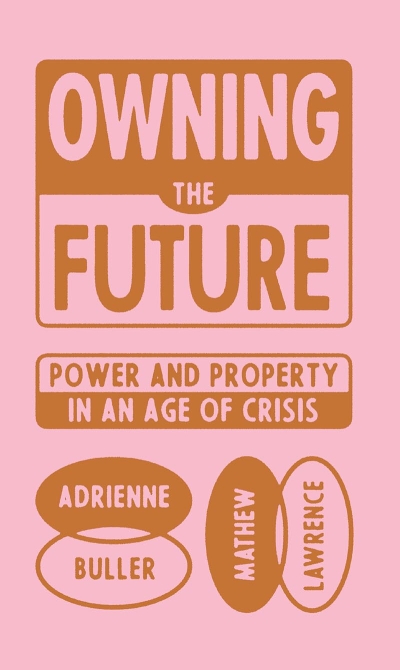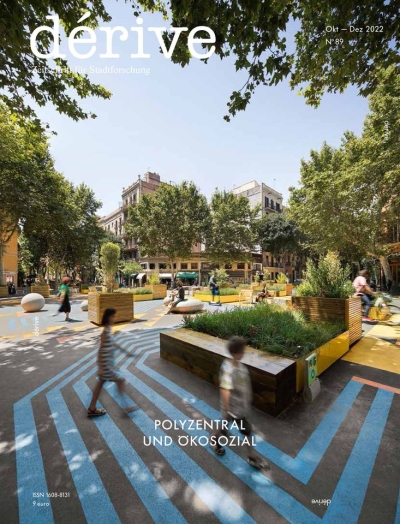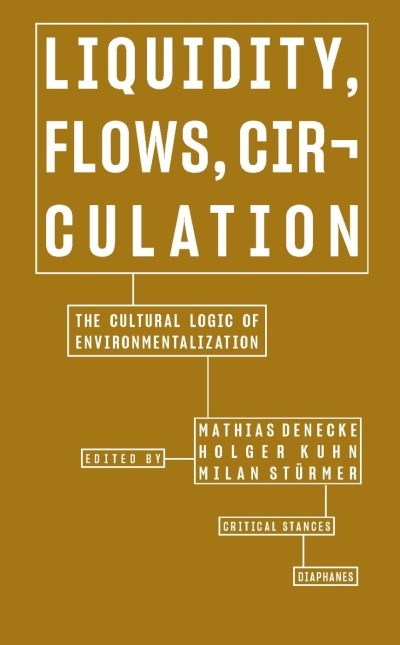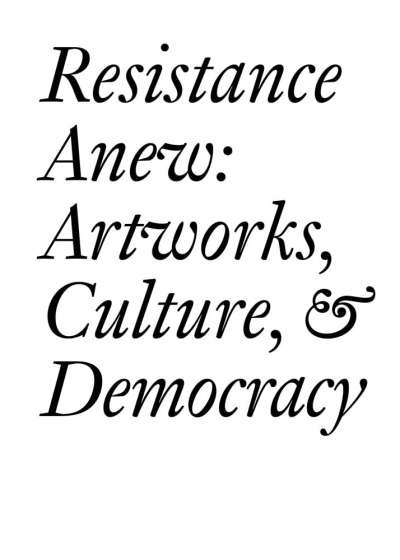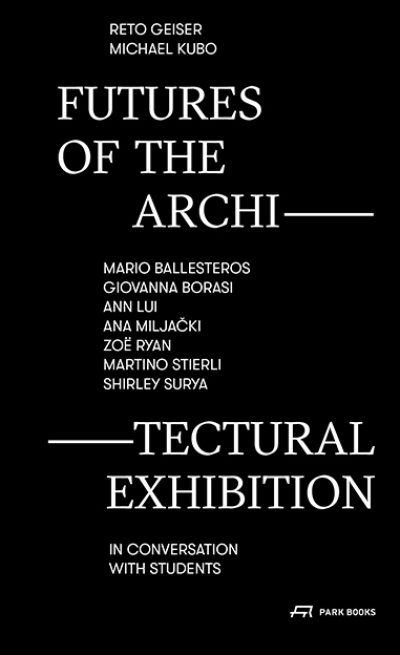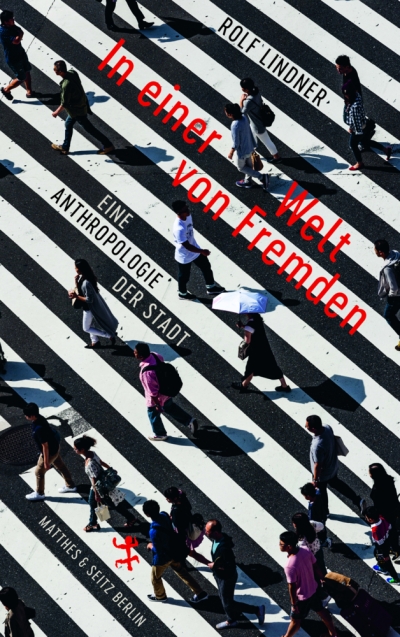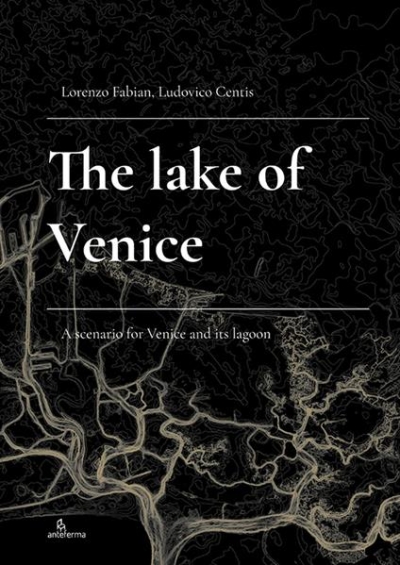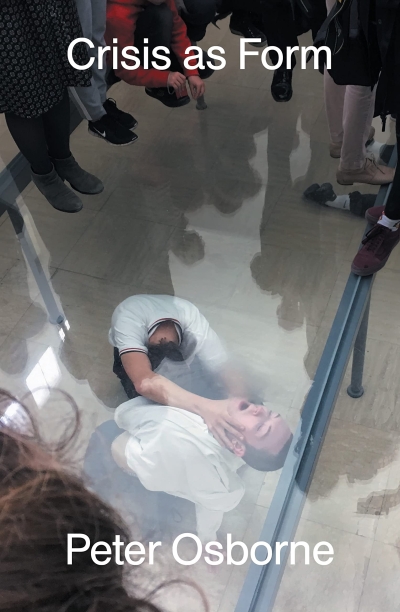gerade nicht auf Lager
Laura Tripaldi
Parallel Minds. Discovering the Intelligence of Materials
Ashley Dawson
Aussterben. Eine radikale Geschichte
Evi D. Sampanikou, Jan Stasienko (ed.)
Posthuman Studies Reader. Core Readings on Transhumanism,…
gerade nicht auf Lager
Mindy Seu (ed.)
Cyberfeminism Index
gerade nicht auf Lager
Maria Muhle
Mimetische Milieus. Eine Ästhetik der Reproduktion
gerade nicht auf Lager
David Grubbs
Good night the pleasure was ours.
Nicholas Thoburn
Brutalism as Found. Housing, Form, and Crisis at Robin Hood…
gerade nicht auf Lager
Andreas Schätzke
Verzweigte Moderne. Beiträge zur Architektur des 20.…
gerade nicht auf Lager
Kuba Szreder
The ABC of the projectariat
Judith Butler
What World Is This? A Pandemic Phenomenology
gerade nicht auf Lager
Andrew M. Shanken
The Everyday Life of Memorials
gerade nicht auf Lager
Doreen Massey (Eds.: David Featherstone…
Selected Political Writings
Gwendolyn Owens, Philip Ursprung (Eds.)
Gordon Matta-Clark. An Archival Sourcebook
Wolfgang Thöner, Karoline Lemke (Hg.)
Bauhaus. Sprachrohr der Studierenden. Organ der Kostufra.…
gerade nicht auf Lager
Carolin Overhoff Ferreira
Dekoloniale Kunstgeschichte. Eine methodische Einführung
Das Synagogen Projekt. Zum Wiederaufbau von Synagogen in…
gerade nicht auf Lager
Ramon Amaro
The Black Technical Object. On Machine Learning and the…
gerade nicht auf Lager
Magdalena Jadwiga Härtelova
It Is: You Appeared Once. A Story about Potential…
Bénédicte Ramade
Vers un art anthropocène
Cache
Ware Reinheit. Cache 02
Brandon Labelle (Hg)
The Listening Biennial Reader. Vol. 1: Waves of Listening
Arch+ Zeitschrift für Architektur und…
Arch+ 250.The Great Repair. Politiken einer…
Gleb Albert, Brigitta Bernet, Svenja…
Im Krieg. Ukraine, Belarus, Russland. Geschichte der…
Hermann Funke
Architekturkritiken 1962-2003. Hermann Funke
Stephanie Herold, Harald Engler,…
Das Kollektiv. Formen und Vorstellungen gemeinschaftlicher…
gerade nicht auf Lager
Achille Mbembe, Felwine Sarr (eds)
To Write the Africa World
Angela McRobbie, Daniel Strutt,…
Fashion as Creative Economy. Micro-Enterprises in London,…
Amit Prasad
Science Studies Meets Colonialism
gerade nicht auf Lager
Guillaume Blanc
The Invention of Green Colonialism
IDEA Magazine
IDEA 400. Graphic Design Recollections & Records:…
gerade nicht auf Lager
Nathaniel Marcus
Breathing Room. A dialogue with Lakuti & Tama Sumo. Ein…
gerade nicht auf Lager
Jörg Schröder, Riccarda Cappeller,…
Circular Design. Towards Regenerative Territories
gerade nicht auf Lager
Álvaro Sevilla-Buitrago
Against the Commons: A Radical History of Urban Planning
gerade nicht auf Lager
Donika Luzhnica & Jonas König (ed.)
Prishtina in 53 Buildings
gerade nicht auf Lager
Elena Biserna (Ed)
Walking from Scores
gerade nicht auf Lager
Tsvetelina Hristova, Brett Neilson and…
Data Farms. Circuits, Labour, Territory
Lenka Veselá (Ed.)
Synthetic Becoming
gerade nicht auf Lager
Stavros Stavrides, Penny Travlou (Eds)
Housing as Commons. Housing Alternatives as Response to the…
Christiane Rösinger
Was jetzt kommt. Christiane Rösinger. Ausgewählte Songtexte
gerade nicht auf Lager
Pier Vittorio Aureli, Martino Tattara
Dogma. Living and Working
Baburov, Djumenton, Gutnov, Kharitonova…
The Ideal Communist City
gerade nicht auf Lager
Briana J. Smith
Free Berlin. Art, Urban Politics, and Everyday Life
Hg. Oliver Clemens, Jesko Fezer, Kim…
An Architektur Archive
gerade nicht auf Lager
Christian Dehli, Andrea Grolimund
Kazuo Shinohara: The Umbrella House Project
DeForrest Brown, Jr.
Assembling a Black Counter Culture
George Papam, Phevos Kallitsis, David…
The Beach Machine. Making and Operating the Mediterranean…
gerade nicht auf Lager
Yuma Shinohara, Andreas Ruby (Hg.)
Make Do With Now: New directions in Japanese Architecture
Zara Pfeifer
ICC Berlin. Zara Pfeifer
gerade nicht auf Lager
Florian Heilmeyer, Sandra Hofmeister (…
Berlin. Urbane Architektur und Alltag seit 2009
CuratorLab (Ed.)
Assuming Asymmetries. Conversations on Curating Public Art…
gerade nicht auf Lager
Michael Rawson
The Nature of Tomorrow. A History of the Environmental…
gerade nicht auf Lager
Hiuwai Chu, Meagan Down, Nkule Mabaso,…
CLIMATE. Our Right to Breathe
Patricia Ribault
Design, Gestaltung, Formatività
gerade nicht auf Lager
Stuart Hyatt, Janneane Blevins &…
Stations. Listening to the Deep Earth
gerade nicht auf Lager
Anne Davidian, Laurent Jeanpierre (Eds.)
What Makes an Assembly? Stories, Experiments, and Inquiries
gerade nicht auf Lager
Ingo Offermanns (Ed.) Dokho Shin &…
Graphic Design Is (...) Not Innocent: Scrutinizing Visual…
gerade nicht auf Lager
Silke Langenberg (Hg.)
Upgrade: Making Things Better
Christiane Sauer, Mareike Stoll, Ebba…
Architectures of Weaving
Wilfried Wang (Hg.)
On the Duty and Power of Architectural Criticism
gerade nicht auf Lager
Christian Sander
Claude Parent, Paul Virilio - Architecture Principe. Formen…
Marie-France Rafael
Passing Images. Art in the Post-Digital Age
Giuliana Bruno
Atmospheres of Projection. Environmentality in Art and…
gerade nicht auf Lager
Mohsen Mostafavi (ed)
Manfredo Tafuri. Modern Architecture in Japan
gerade nicht auf Lager
Material Cultures
Material Cultures: Material Reform. Building for a Post-…
Daniela Dossi
Hybrid Heads
gerade nicht auf Lager
Leonhard Laupichler & Sophia…
New Aesthetic 3. A Collection of Experimental and…
gerade nicht auf Lager
Sven Lütticken
Art and Autonomy. A Critical Reader
gerade nicht auf Lager
Christian Brox (Brox+1)
BERLIN POSSIBILITY. Rave in Ruinen. Clubkultur 1990 bis…
Florian Strob (Hg.)
Architect of Letters. Reading Hilberseimer
Wolfgang Thöner, Florian Strob, Andreas…
Linke Waffe Kunst. Die Kommunistische Studentenfraktion am…
Florian Idenburg, LeeAnn Suen,…
The Office of Good Intentions. Human(s) Work
Peter Kiefer, Michael Zwenzner (Hg.)
Exhibiting SoundArt
Jesko Fezer
Umstrittene Methoden. Architekturdiskurse der…
Angelika Juppien, Richard Zemp,…
Atlas des Dazwischenwohnens. Wohnbedürfnisse jenseits der…
Joerg Franzbecker, Naomi Hennig,…
X Properties. Berliner Hefte zu Geschichte und Gegenwart…
gerade nicht auf Lager
Lauren Berlant
On the Inconvenience of Other People
Stefano Harney, Fred Moten
Allseits unvollkommen. Plantokratie und schwarzes Studium
Lucius Burckhardt
Gerade noch gutgegangen. Fünf Jahrzehnte Planungskritik
Vittoria Pavesi (Hg)
The Missing Planet. Visions and Re-Visions of Soviet Times
Gottfried Schnödl, Florian Sprenger
Uexkülls Umgebungen. Umweltlehre und rechtes Denken
Gottfried Schnödl, Florian Sprenger
Uexküll's Surroundings. Umwelt Theory and Right-Wing…
Charles L. Davis II
Building Character.The Racial Politics of Modern…
gerade nicht auf Lager
Teddy Cruz, Fonna Forman
Spatializing Justice. Building Blocks
gerade nicht auf Lager
Jacopo Galimberti
Images of Class. Operaismo, Autonomia and the Visual Arts (…
gerade nicht auf Lager
Frida Grahn (Hg.)
Denise Scott Brown. In Other Eyes. Portraits of an Architect
Michael Franz, Fabian Ginsberg (Hg.)
Strategien der Aufstandsbekämpfung. Kunst
gerade nicht auf Lager
David Sim
Sanfte Stadt. Planungsideen für den urbanen Alltag
gerade nicht auf Lager
Hannah Black
Tuesday or September or the End
gerade nicht auf Lager
Adrienne Buller, Mathew Lawrence
Owning the Future. Power and Property in the Age of Crisis
gerade nicht auf Lager
Sianne Ngai
Das Niedliche und der Gimmick. Zwei ästhetische Kategorien
dérive
dérive N° 89, Polyzentral und Ökosozial (Okt-Dez/2022)
gerade nicht auf Lager
Mathias Denecke, Holger Kuhn, Milan…
Liquidity, Flows, Circulation. The Cultural Logic of…
gerade nicht auf Lager
Bernard Fibicher (Hg)
Resistance Anew: Artworks, Culture, & Democracy (…
gerade nicht auf Lager
Reto Geiser, Michael Kubo (Hg)
Futures of the Architectural Exhibition.
gerade nicht auf Lager
Benjamin Bratton
Die Realität schlägt zurück. Politik für eine…
gerade nicht auf Lager
Rolf Lindner
In einer Welt von Fremden. Eine Anthropolgie der Stadt
Lorenzo Fabian & Ludovico Centis
The lake of Venice. A scenario for Venice and its lagoon
gerade nicht auf Lager
Peter Osborne
Crisis as Form
